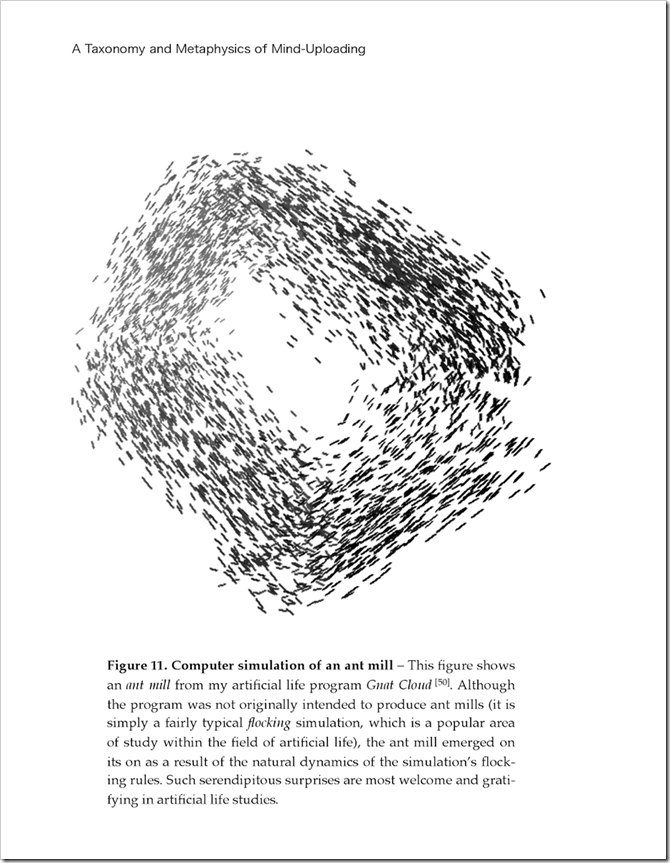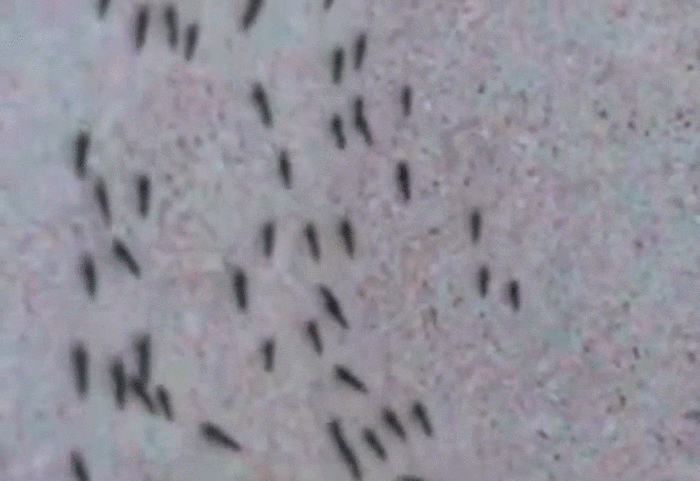The question of how harmful electromagnetic waves from cell phones are to the human body is probably as old as the devices themselves.
The discussions about this and the range of opinions range from “harmless radio waves” through all gradations in between to “carcinogenic cell phone radiation”.
A video about this highly controversial topic is currently being shared on social media, showing how wildly running ants react to a cell phone when it is called.
There is indeed a clear reaction; as soon as the call is displayed, the animals line up on a circular path at a clear distance from the device. One can safely assume that, unlike us, ants do not give any profound thought to the harmfulness of radio waves, but rather that they respond to physical impairments or potential dangers with very simple behavioral patterns such as avoiding or running away.
So could it be a coincidence that the animals distance themselves at the very moment when the device receives an incoming call, i.e. when it is transmitting particularly strongly? And isn't this empirical evidence of the harmfulness of cell phone radiation, as the suggestive question about the video wants to convey?
No, it's not, because ants that crawl in circles also exist in nature and they don't even need a reason for that. This phenomenon is called the “ ant mill ”, it is found primarily in tropical migratory ants and is nothing more than a self-contained version of the well-known “ant trails”.
When searching for food, ants orientate themselves on the scent trails of their fellow ants; the more intense they are, the greater the tendency to follow them and since in such a mill all animals run the same distance in a circle, the trail becomes more intense with each revolution. A vicious circle, in the truest sense of the word, because there are reports that the ants sometimes run themselves to death.
And then there is the video itself. You can find it in the highest available resolution on YouTube on the profile of the user “ViralVideoLab”, who is probably also the creator of the clip.
The longer you watch the video, the more inconsistencies you notice. In comparison to the other ant films, the animals are very hectic and can only be seen as black, teardrop-shaped shapes. They don't have legs either, not even in full screen mode, but the strangest thing is that they seem to be able to move effortlessly through members of their species and sometimes even overlap each other. You can see this particularly clearly in slow motion.
During the senseless pushing and shoving in the school hallways, my old physics teacher used to always say, “Where there is one body, there cannot be another.” and that also applies to ants.
Computer simulations such as “Gnat Cloud” have been around since the mid-1990s, which can be used to mathematically model the behavior of swarms in response to environmental stimuli. With such a program you can easily create the necessary ants for such a film, so the video is probably a computer-generated gimmick.

The other videos from the user “ViralVideoLab” also suggest this suspicion; making funny fake films seems to be his hobby. You can see paper airplanes that circle endlessly in the thermals of stovetops, the SpaceX Tesla passing the moon in orbit around the Earth, bumblebees flying away with a paper cup and other curiosities.
Notes:
1) This content reflects the current state of affairs at the time of publication. The reproduction of individual images, screenshots, embeds or video sequences serves to discuss the topic. 2) Individual contributions were created through the use of machine assistance and were carefully checked by the Mimikama editorial team before publication. ( Reason )




